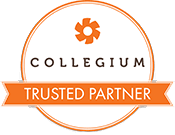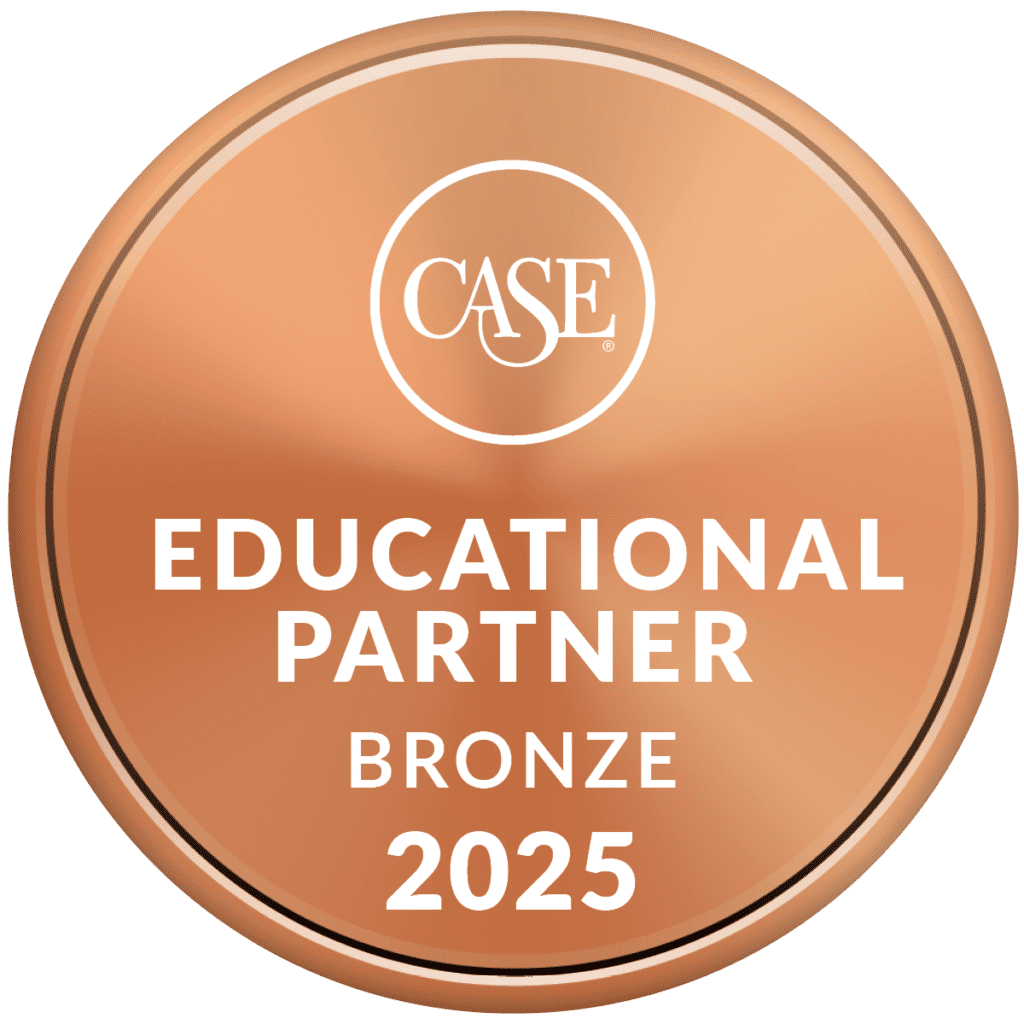
 From the Desk of
From the Desk of
Arthur L. Criscillis ¦ Managing Partner
Information: Commodity or Precious Metal
When our social service organizations (or some component of them) have some special accomplishment, are recognized with some major award, or have some other noteworthy event, our communication team goes into high gear—and it’s well that it should. We have good or important news to share, so we want to disseminate it broadly to as many constituents as possible through as many communication channels as possible. We also like to do it as quickly as possible—get that good/important information out there! This is entirely understandable and, for the most part, appropriate.
However, for development purposes, this approach may be suboptimal. It’s not that we don’t want good and important information to be announced from the highest hills, as it were. It’s just that we may not want it to be done as quickly or as broadly as is the tendency of our art museums.
In development, we think about individuals (some of our principal and major gift prospects, for example) or special segments of individuals (such as donors in our $1 million cumulative giving society or planned giving donors). We think about how we can help them to know that they are valued, that they are important, that they are special. How can we help our nonprofit sustain or even build the relationship they have with these individuals or groups of individuals?
One way that we can demonstrate to people that they are important, trusted, valued and appreciated is to share information with them. Think about it: When you get good or important information, whom do you tell? Who is among the first to hear the news? Family. Close friends. In short, people who are important to us. Similarly, when we can share good news or important information with those who are close to our charity and have demonstrated philanthropically their belief in us before it is broadly disseminated before the masses have heard or read it, we are making a statement to them about how we value them. They are insiders. They are important. They are valued.
So, from a development perspective, it is important to keep our antenna up for any information that might be shared quickly, but on a limited basis. Once information is broadly and generally announced, for fundraising purposes, it is commoditized. When we have the opportunity to share it with select people or select groups before its being announced, it’s gold. And the beauty of it is that having it be gold versus lead costs our organizations nothing—just a brief pause.
Jimmy Carter: 1924 – 2024 We’d be remiss if we didn’t share our deep respect for and mourn the passing of Former President Jimmy Carter. Our Firm had the distinct honor of working with President Carter twice. Firstly, on the campaign to build The Carter Center, and again on the fundraising campaign to strengthen the endowment of this organization. The Carter Center, under President Carter’s leadership, has done so much for the health and peace of some of the most disadvantaged people and countries in the world. As the world mourns, we honor his legacy.
We’d be remiss if we didn’t share our deep respect for and mourn the passing of Former President Jimmy Carter. Our Firm had the distinct honor of working with President Carter twice. Firstly, on the campaign to build The Carter Center, and again on the fundraising campaign to strengthen the endowment of this organization. The Carter Center, under President Carter’s leadership, has done so much for the health and peace of some of the most disadvantaged people and countries in the world. As the world mourns, we honor his legacy.
Americans Feel a Decline in Compassion
According to the 2025 Compassion Report, a majority of Americans (61%) said they feel that compassion has decreased over the last four years, yet compassion-related online searches have skyrocketed by 4,000% over the past five years. Respondents claimed that empathy toward marginalized groups has decreased, as only one in three Americans feel compassion for all groups of people.
Key Findings
- Respondents showed the lowest compassion levels for people who have been convicted of crimes, migrants who are in the United States illegally, and people in higher socio-economic classes.
- Cities with a higher Net Compassion Score (NCS) perform better in fostering: mental health, housing, and community programs; active civic participation structures with strong communication systems; and leadership that prioritizes inclusive community development.
- 61% of people who are proud of their city perceive it as compassionate.
- When asked who makes the most significant difference in creating compassionate cities, people ranked business leaders (8%) and big companies (6%) at the very bottom of the list.
- Conversely, nearly two-thirds of respondents indicated they prefer to learn about compassion from “everyday people” rather than political leaders, social leaders, or experts.
The report can be found here (PDF). PND, 1-20
Americans Believe Next-Gen Giving will be Local
Americans believe the future of philanthropy is in local organizations. According to an online survey conducted by The Harris Poll on behalf of Vanguard Charitable:
- 62% of Americans believe that the majority of future giving will be done locally.
- 59% of Americans agree that, in the future, younger generations will be more likely than older generations to make monetary donations to nonprofit organizations that are attempting to solve large societal and environmental issues.
- 55% of Americans believe the future of philanthropy will be women making the majority of monetary donations.
- 68% of Americans believe that the majority of future monetary donations will be direct transfers solicited via digital platforms.
- 58% of Millennials and 56% of Gen Z agree that, in the future, younger generations will give larger sums of money to nonprofit organizations than older generations, compared to just 39% of Gen X and 24% of Boomers.
More here. PND, 11-26
What’s Next for DAFs
Donor-advised fund providers aim to make their products as commonplace as college savings and retirement accounts. And while DAFs have reshaped the culture of philanthropy, critics worry it could change giving habits.
Today, DAFs are relatively rare — there are fewer than 2 million accounts — yet mighty, thanks to their collective $250 billion in assets, according to the National Philanthropic Trust. To expand its market reach, the DAF industry is taking steps to make funds more accessible. These include:
Half of the 10 largest DAF sponsors have no minimum. Typically, donors are required to put in anywhere from $5,000 to $250,000 to open a fund.
At least three community foundations in large metro areas do not require a minimum contribution. The Community Foundation for Greater Atlanta dropped its $100,000 minimum in 2020 “with the intention of living into the word ‘community’ that’s in our name,” says Tim Bresnahan, vice president for philanthropy.
Workplace giving programs are incorporating DAFs.
Silicon Valley start-ups like Daffy and CharityVest are offering low-cost DAFs and encouraging individuals to set aside money each month for charity.
At least a few charities have noticed a change in who’s making DAF gifts. Prospect researchers and major-gift officers once viewed DAF ownership as a reliable indicator of wealth, one fundraiser told the DAF Research Collaborative recently as part of a study of DAFs and fundraising. No more. “What you’re really seeing … is that it’s a tool that is being used by the middle class to engage in philanthropy.” COP, 1-14
We Know Social Service Organizations
For more than 35 years, Alexander Haas has been a fixture in the nonprofit community. We are honored to have worked with some of the largest, and some of the smallest, organizations across the country that help communities be a better place to live.
A Fresh Approach to Fundraising
Our services aren’t cookie cutter. We don’t operate with a boilerplate, merely changing names and locations. We craft each and every service we provide to match your organization’s unique needs, wants and abilities. We work hard and expect you to do the same. Together we can help you transform your institution, your fundraising, and the community you serve.
Whether your need is in Capital Campaign, Annual Fund Campaign, Major Gifts, Leadership Annual Giving, Planned Giving or all of the above, we take a fresh approach to nonprofit fundraising.


